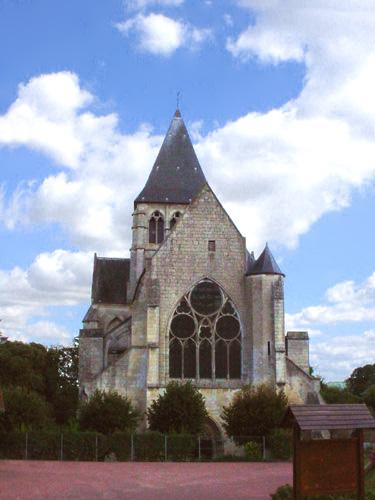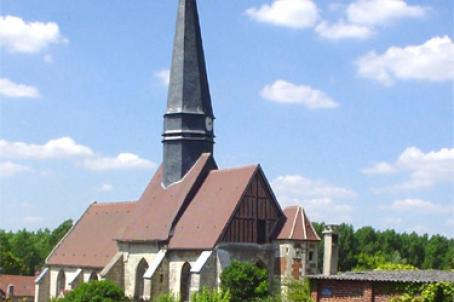Eglise Saint-Léger et Sainte-Agnès d'Agnetz
The church was partly built in the 13th century in a radiant Gothic style: 1250 marks the beginning of the construction of the nave; 1270 to 1280, the transept and choir as well as the right span and side chapels, and finally the transept crossing at the end of the 13th century.
About this building
The church consists of a nave of four long bays; a transept that does not protrude; a choir of two bays, the second of which has the apse with cut-away sides. The side aisles are covered with lean-to roofs.






